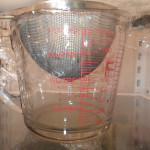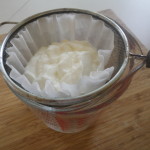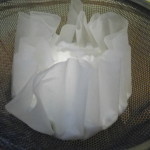 My husband and I recently went on a Mediterranean cruise. One of the stops was the beautiful volcanic island of Santorini. I’m sure you’d recognize the place if you saw the photos — it’s a beautiful location with stark white buildings and an occasional blue-roofed church dome overlooking the Aegean Sea. Like thousands of our fellow cruisers, we toured the island and took many photos.
My husband and I recently went on a Mediterranean cruise. One of the stops was the beautiful volcanic island of Santorini. I’m sure you’d recognize the place if you saw the photos — it’s a beautiful location with stark white buildings and an occasional blue-roofed church dome overlooking the Aegean Sea. Like thousands of our fellow cruisers, we toured the island and took many photos.
I love visiting local grocery stores when I travel. I like it best if I can check out where the locals really shop — not a tourist attraction. I enjoy looking at the fresh fruits and vegetables, learning about what’s local and what’s in season. It’s also a treat to check out the refrigerated cases and packaged products. During this trip, I found Greek yogurt, pistachios, and olives alongside American foods like Oreos and Starbucks.
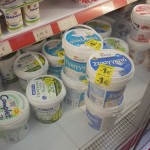
Wanting to prolong our stay on the island and try a little local cuisine, we stopped at a restaurant that had all the pre-requisites — outdoor dining with a view of the ocean, local beer, and an appetizer menu. We ordered tzatziki dip accompanied by a basket of warm pita bread. When I asked the waiter about the ingredients, he said that it was only yogurt, garlic, and cucumbers. I think also tasted a little dill. The tzatziki was thick and rich, but also satisfying. I’m sure that the yogurt they used to make this was full-fat Greek strained yogurt.
Now that we’re home, I’ve recreated this appetizer.
 First, I did a lot of research. I found several brands of commercially-prepared tzatziki available in the dairy case. In checking the ingredient lists, I discovered that many contain a yogurt base and sour cream, along with cucumbers, vinegar, garlic, and dill. The nutrition facts vary by brand, but most contain around 40 calories, with 3 grams of fat for a 2 tablespoon serving.
First, I did a lot of research. I found several brands of commercially-prepared tzatziki available in the dairy case. In checking the ingredient lists, I discovered that many contain a yogurt base and sour cream, along with cucumbers, vinegar, garlic, and dill. The nutrition facts vary by brand, but most contain around 40 calories, with 3 grams of fat for a 2 tablespoon serving.
Tzatziki is frequently used as the sauce on gyros, but it can also be a salad dressing, sauce for grilled meats or mild fish, or a dip. Instead of dill you can season tzatziki with mint or parsley.
After I learned about what was available, I asked Chef Judy, President and Founder of Food and Health Communications for an easy recipe for make-at-home tzatziki that is low in fat, but also high in flavor. Judy’s recipe uses low-fat or non-fat plain Greek yogurt and both dill and mint. You can experiment with how much seasoning you like. This recipe contains only 31 calories for ¼ cup (4 tablespoons) and one gram of fat per serving. Serve it by itself as a salad, or as a dip with whole-grain crackers, pita chips, or vegetable crudités.
Ingredients:
- 1 cucumber, cut in half and sliced thinly
- 1 tsp fresh lemon juice
- 1 clove garlic, finely minced
- 1/4 tsp dried dill
- 1 tsp fresh mint, chopped
- 1/2 cup plain Greek yogurt
Directions:
- Toss ingredients together.
- Chill until ready to serve.
Thanks, Judy, for helping to recreate these great memories in a healthful way!
By Cheryle Jones Syracuse, MS, Professor Emeritus at The Ohio State University
Would you like to share this with your clients? Here’s a free handout with the recipe and a few fun tzatziki facts!
And remember, there’s always more in the Nutrition Education Store!
We are here to help you look your very best, right now.




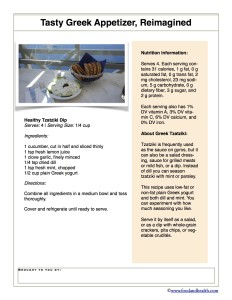



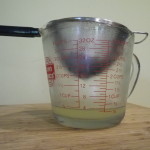
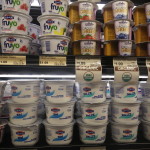 Whenever it’s discussed the conversation is always the same….Greek yogurt. …it’s so good…but so expensive.
Whenever it’s discussed the conversation is always the same….Greek yogurt. …it’s so good…but so expensive.